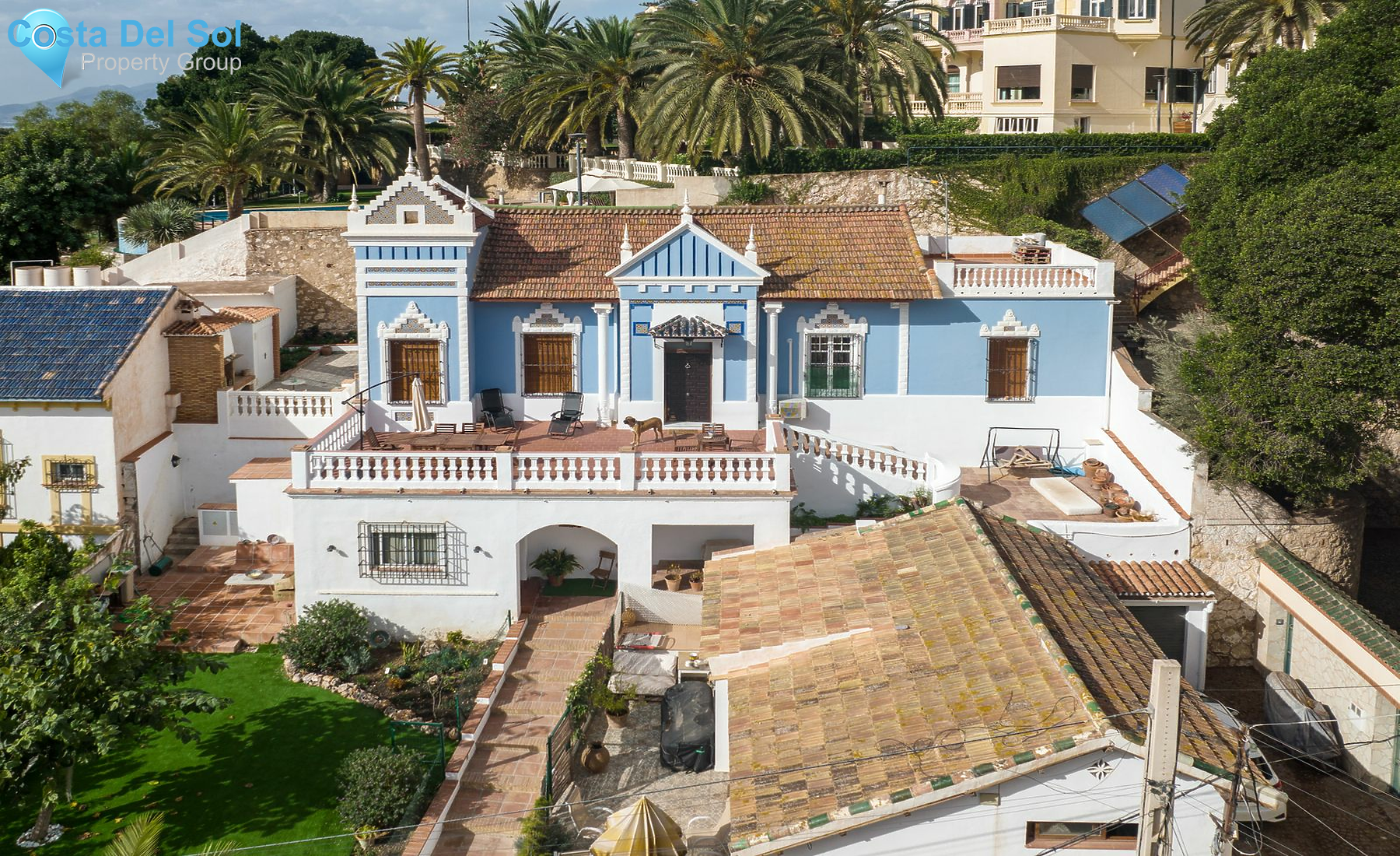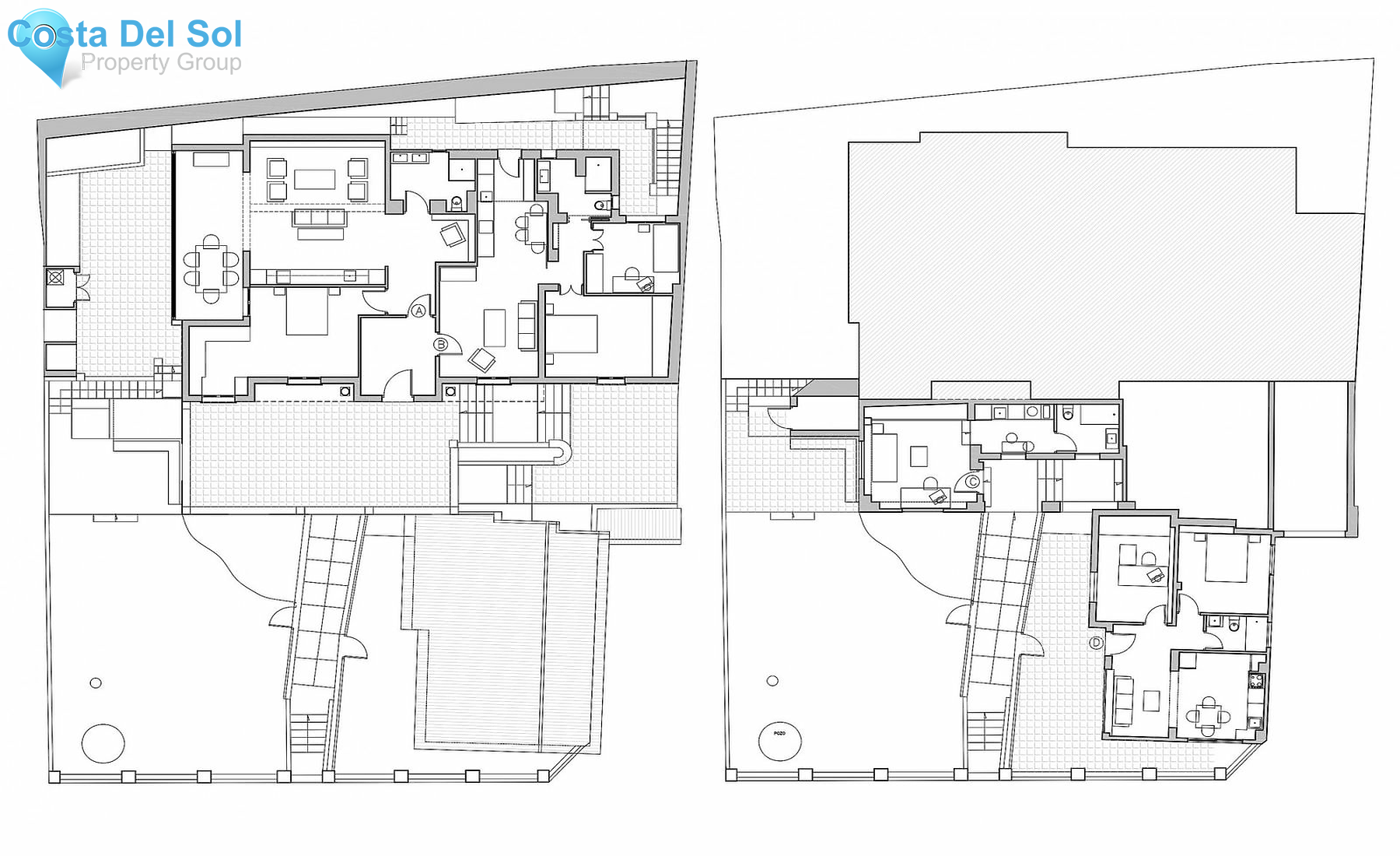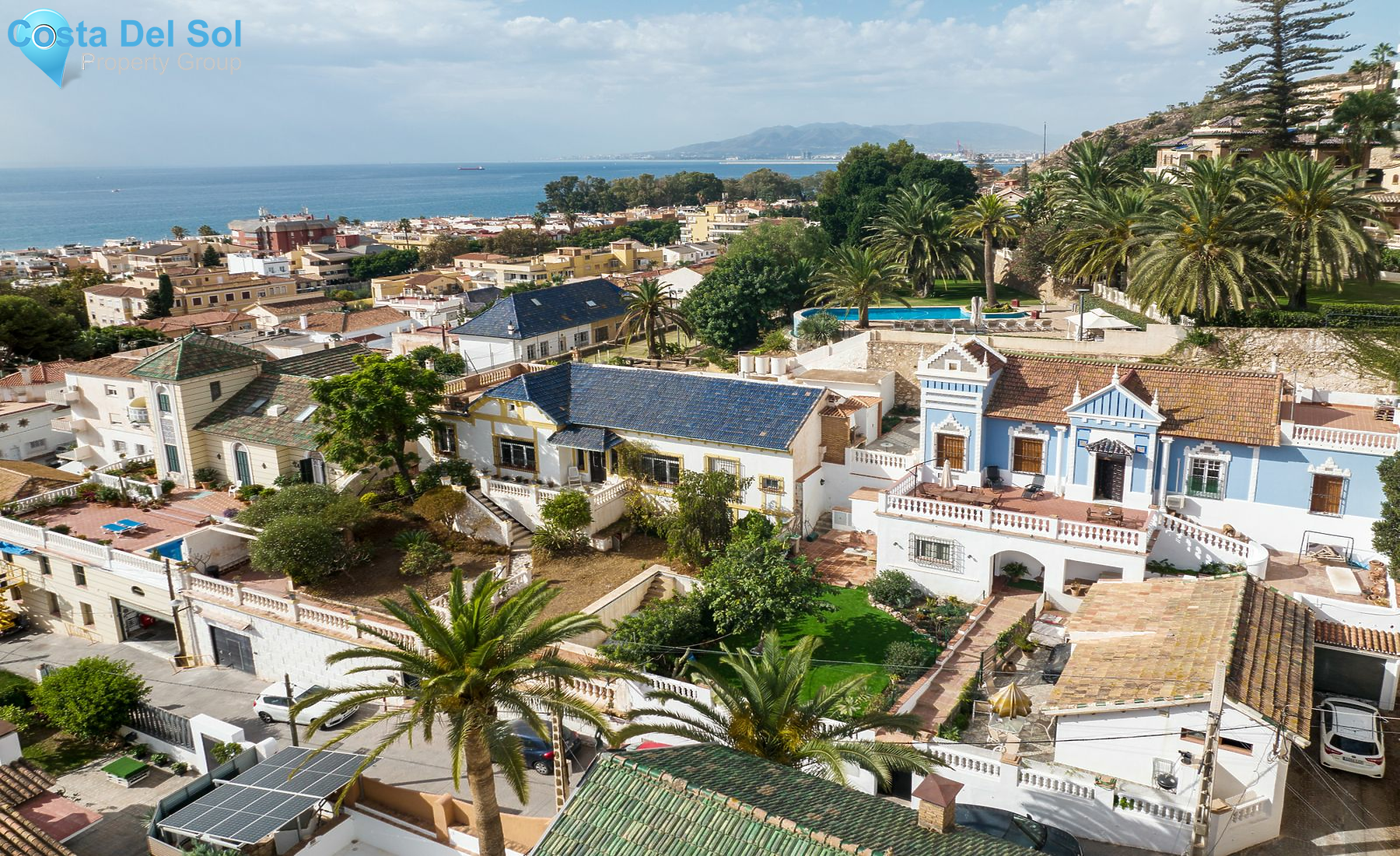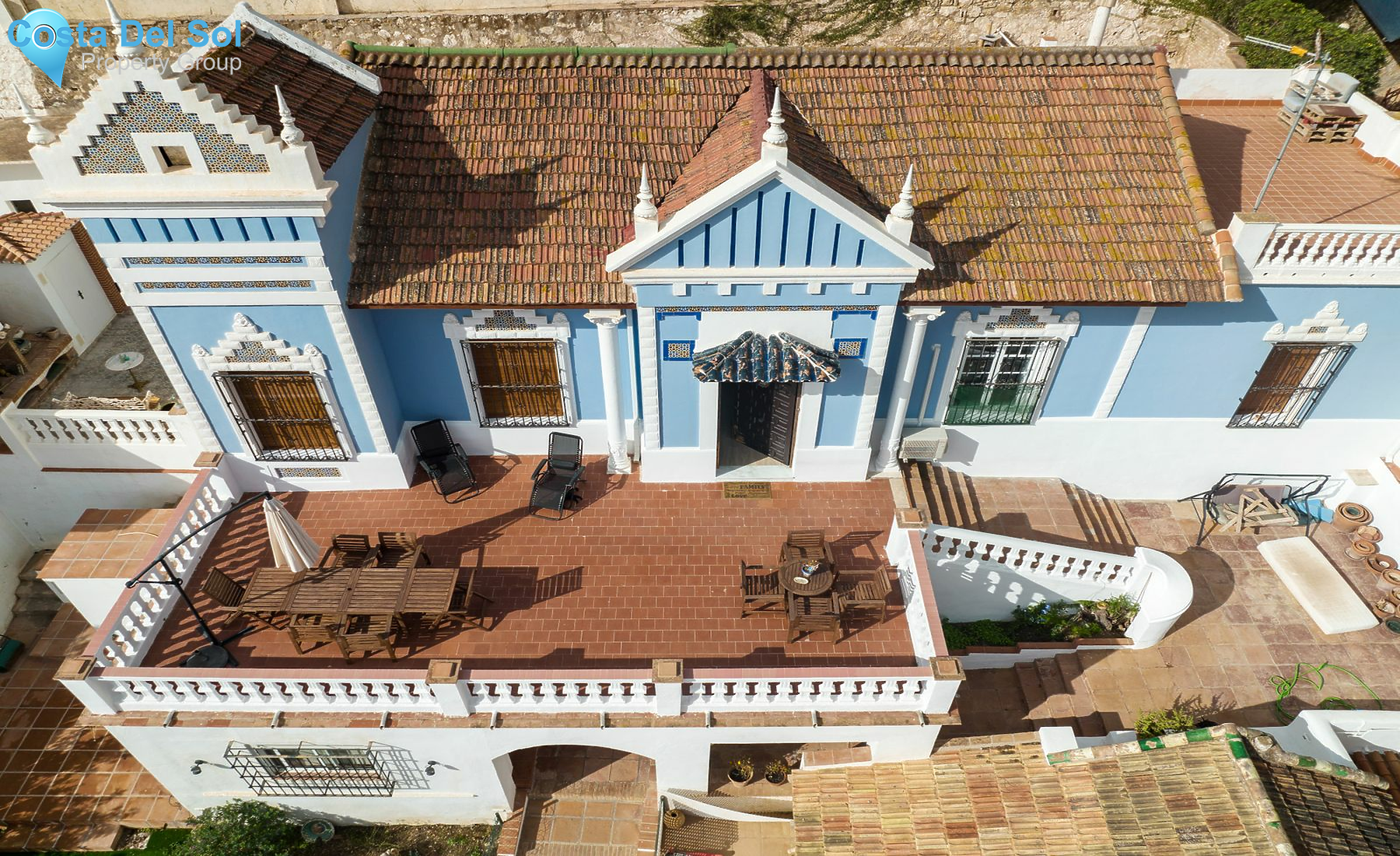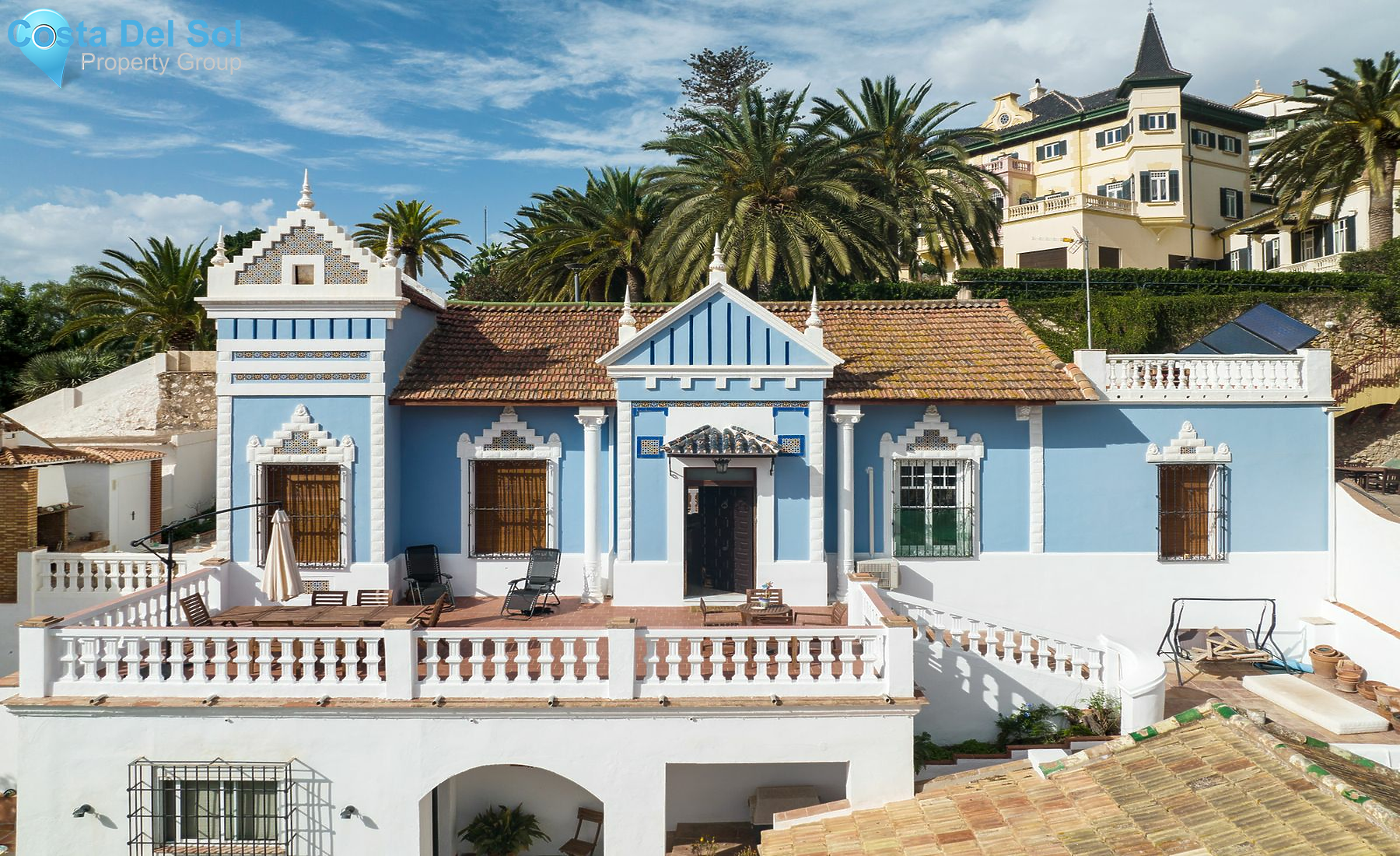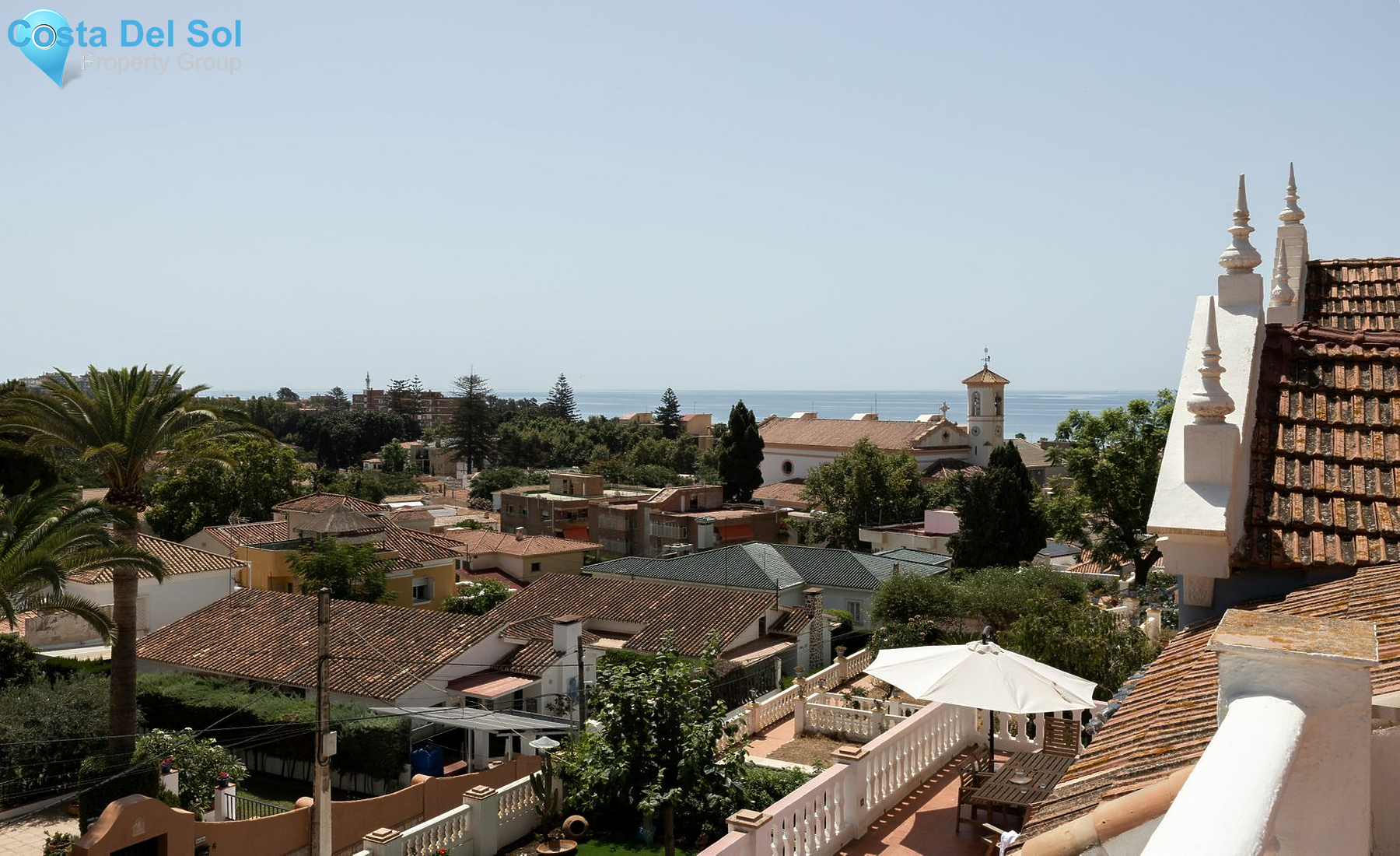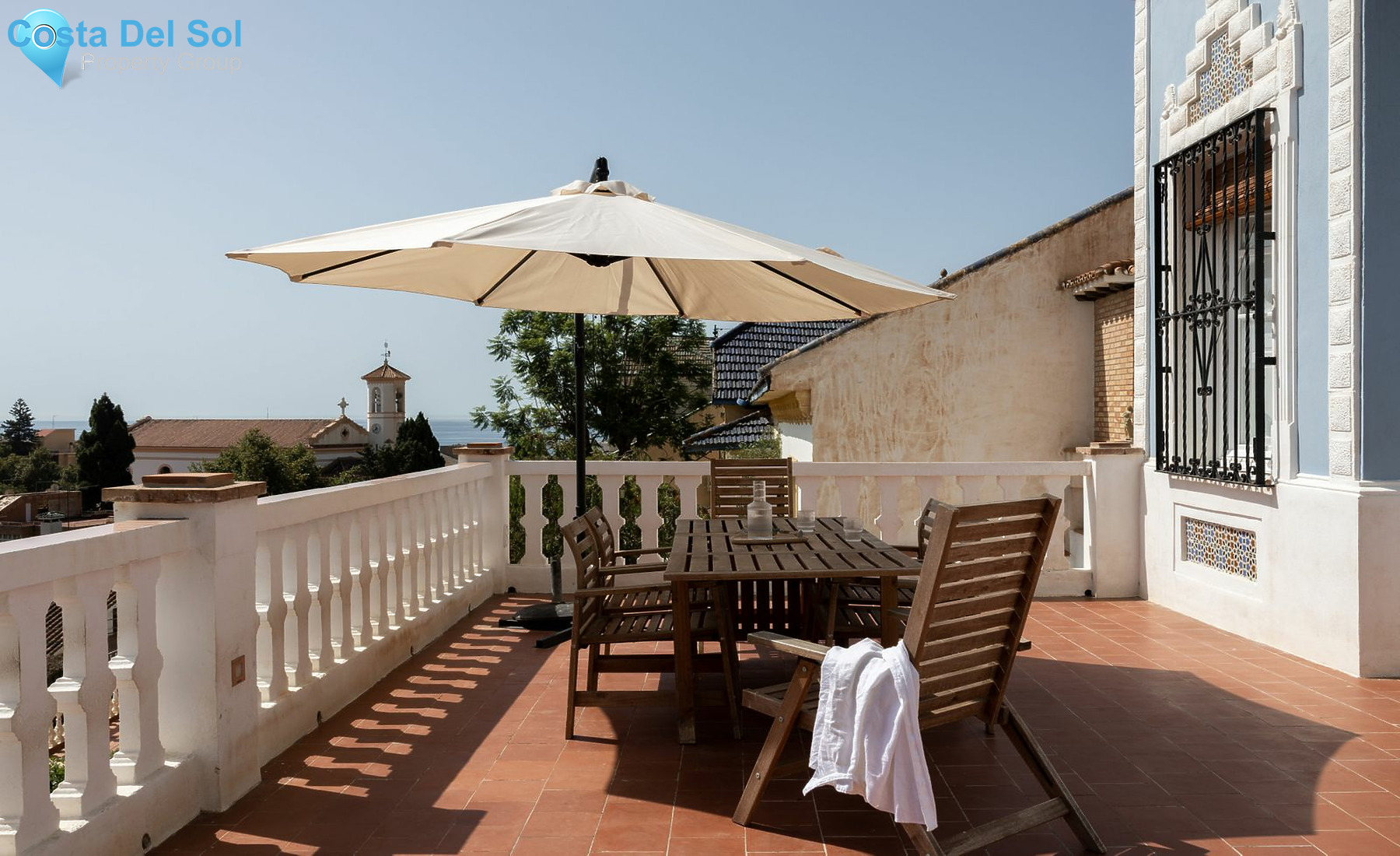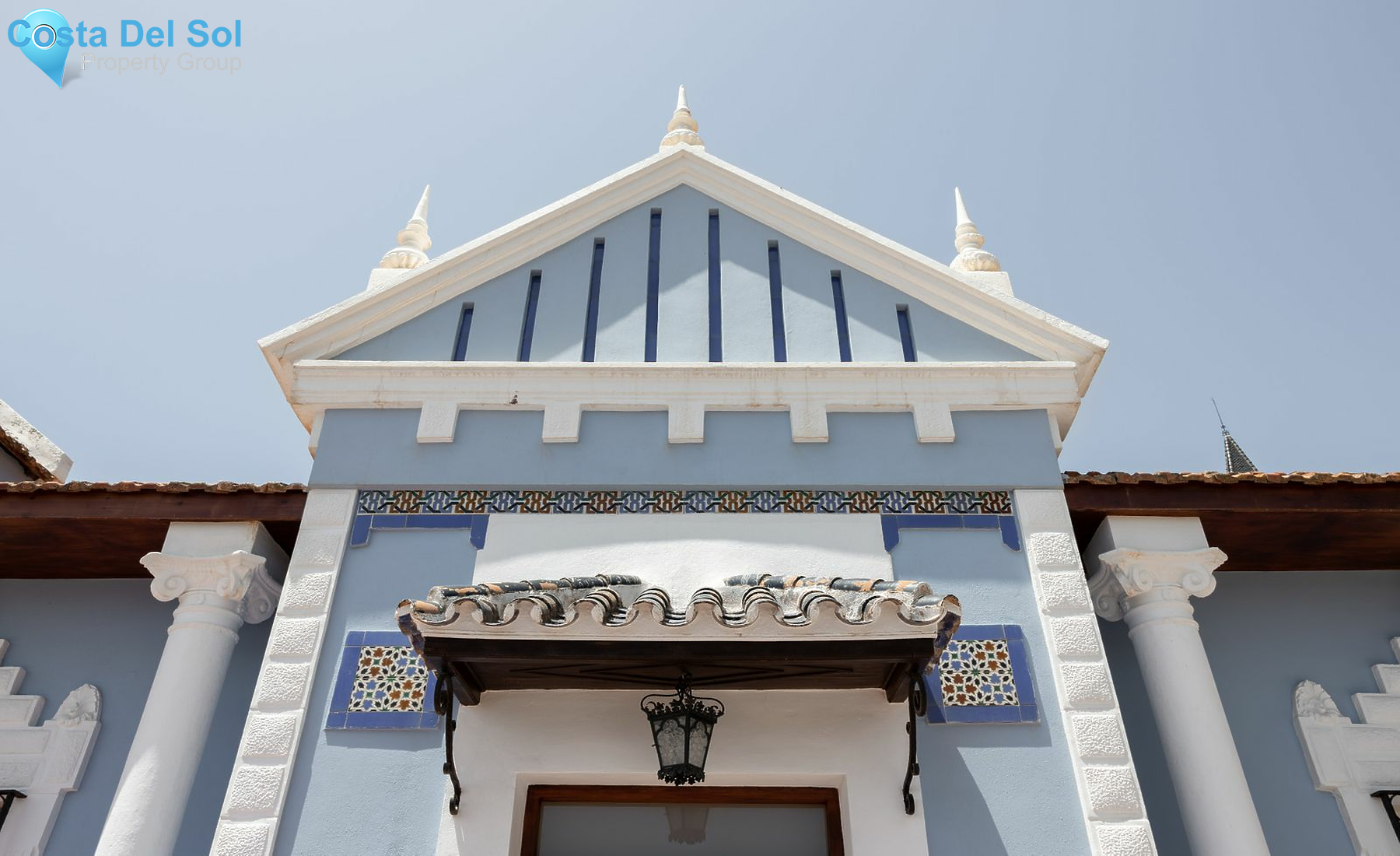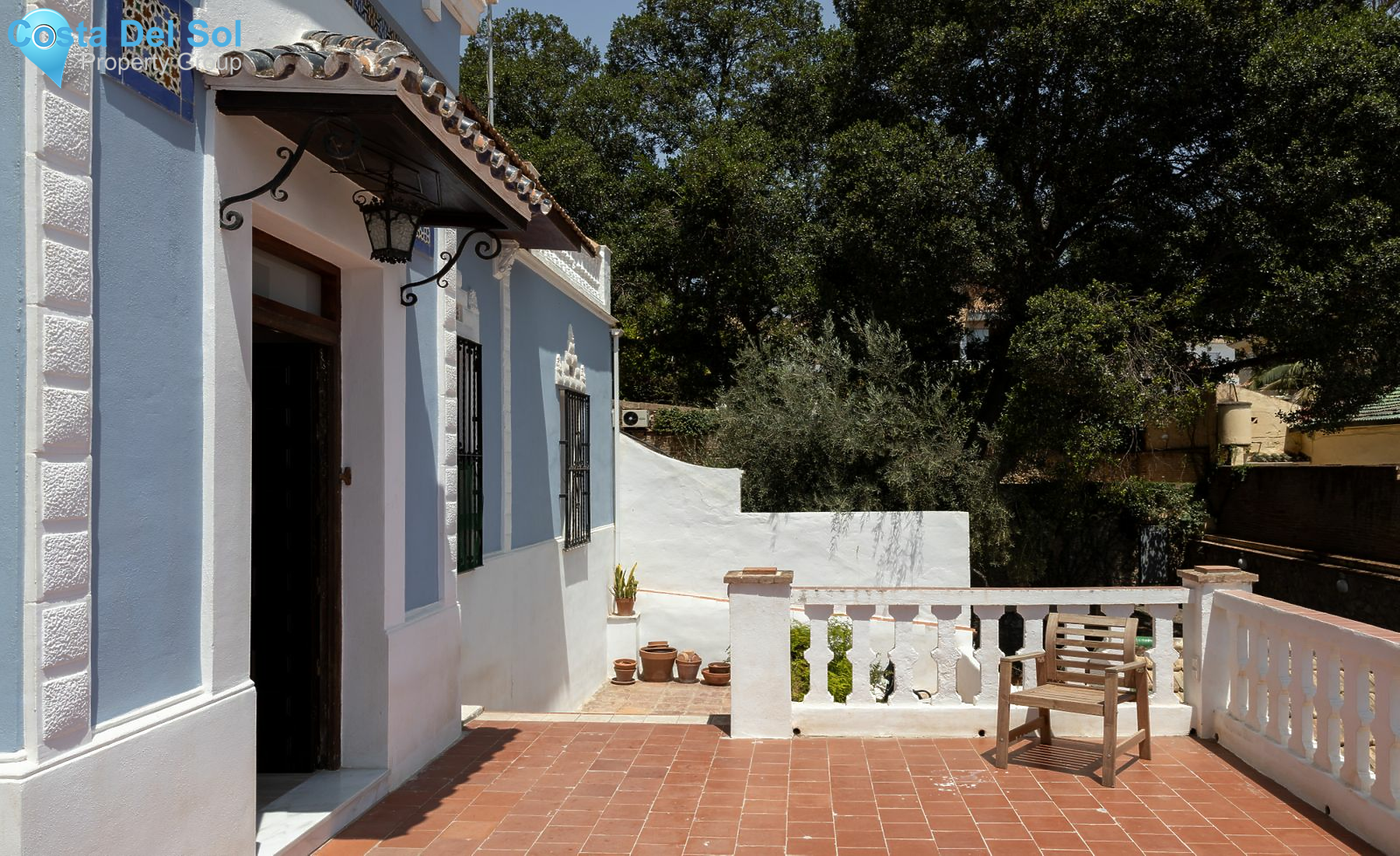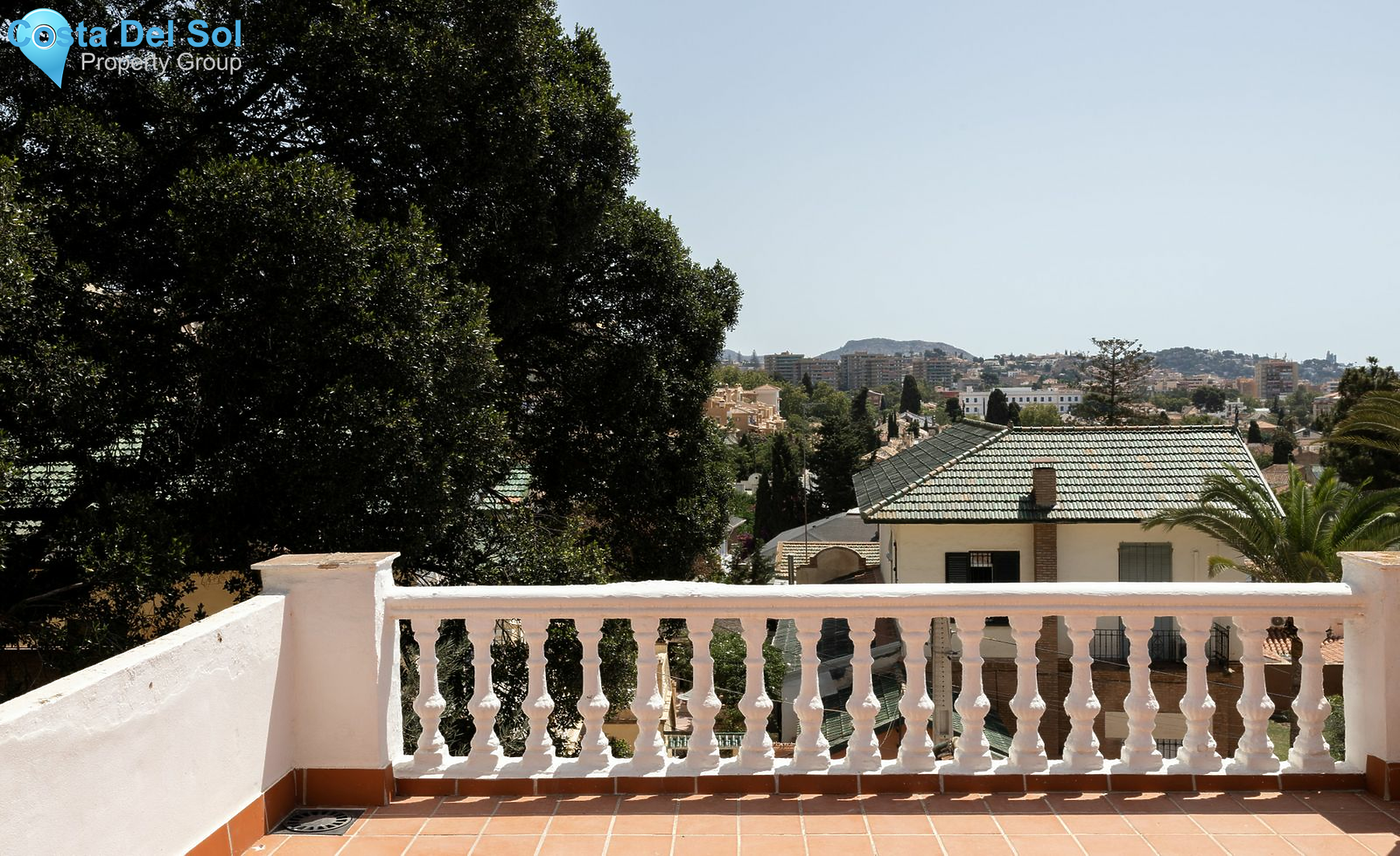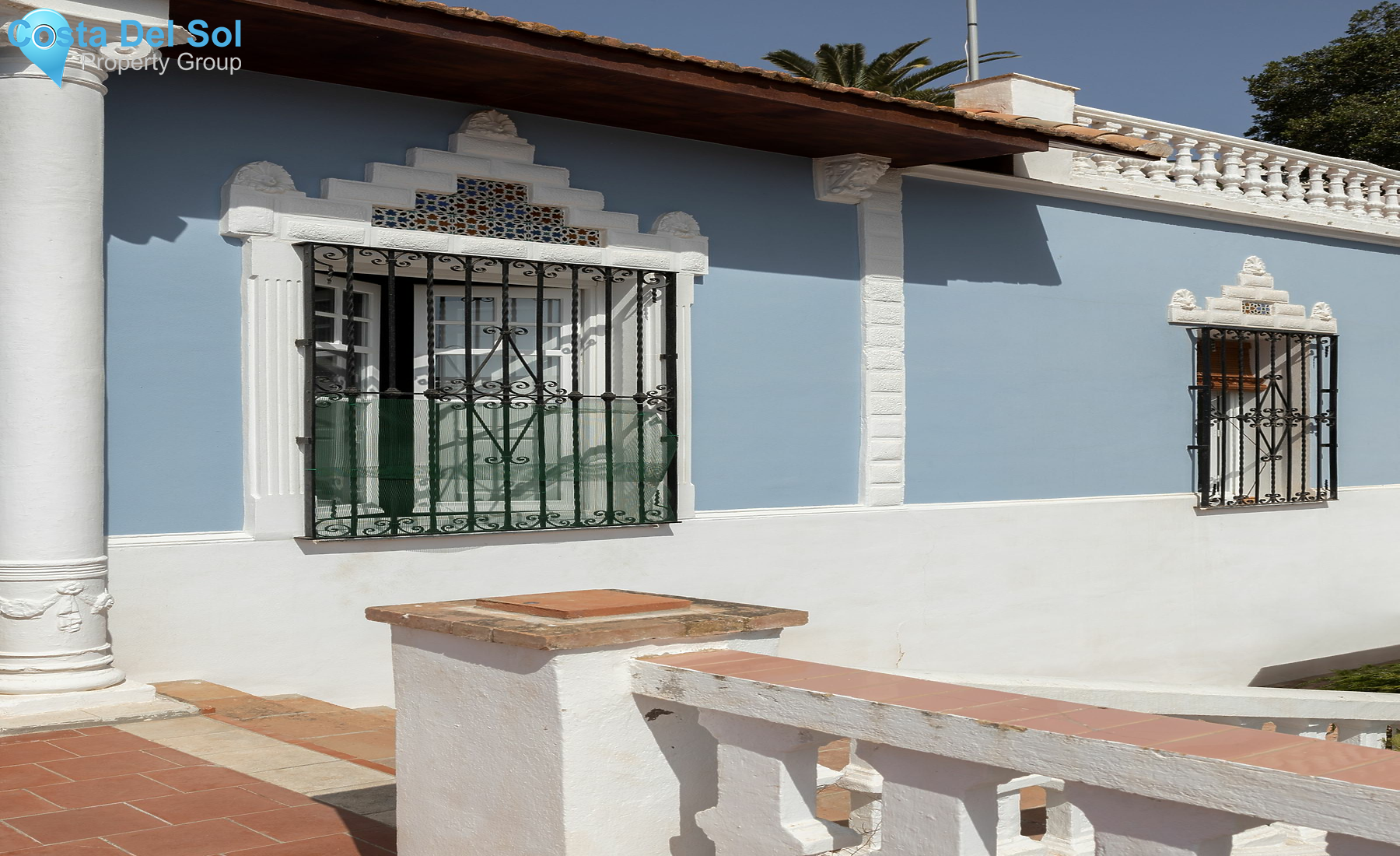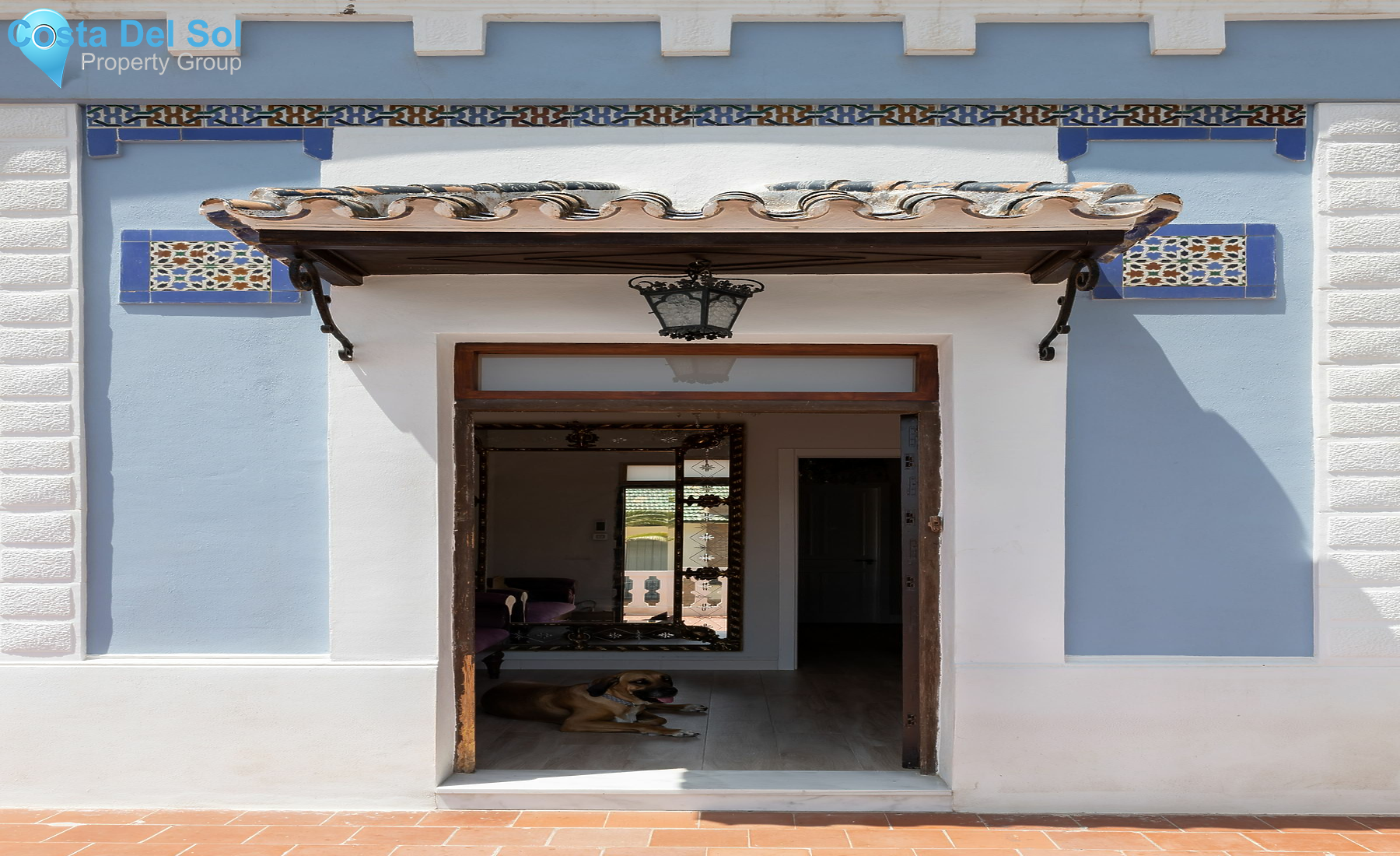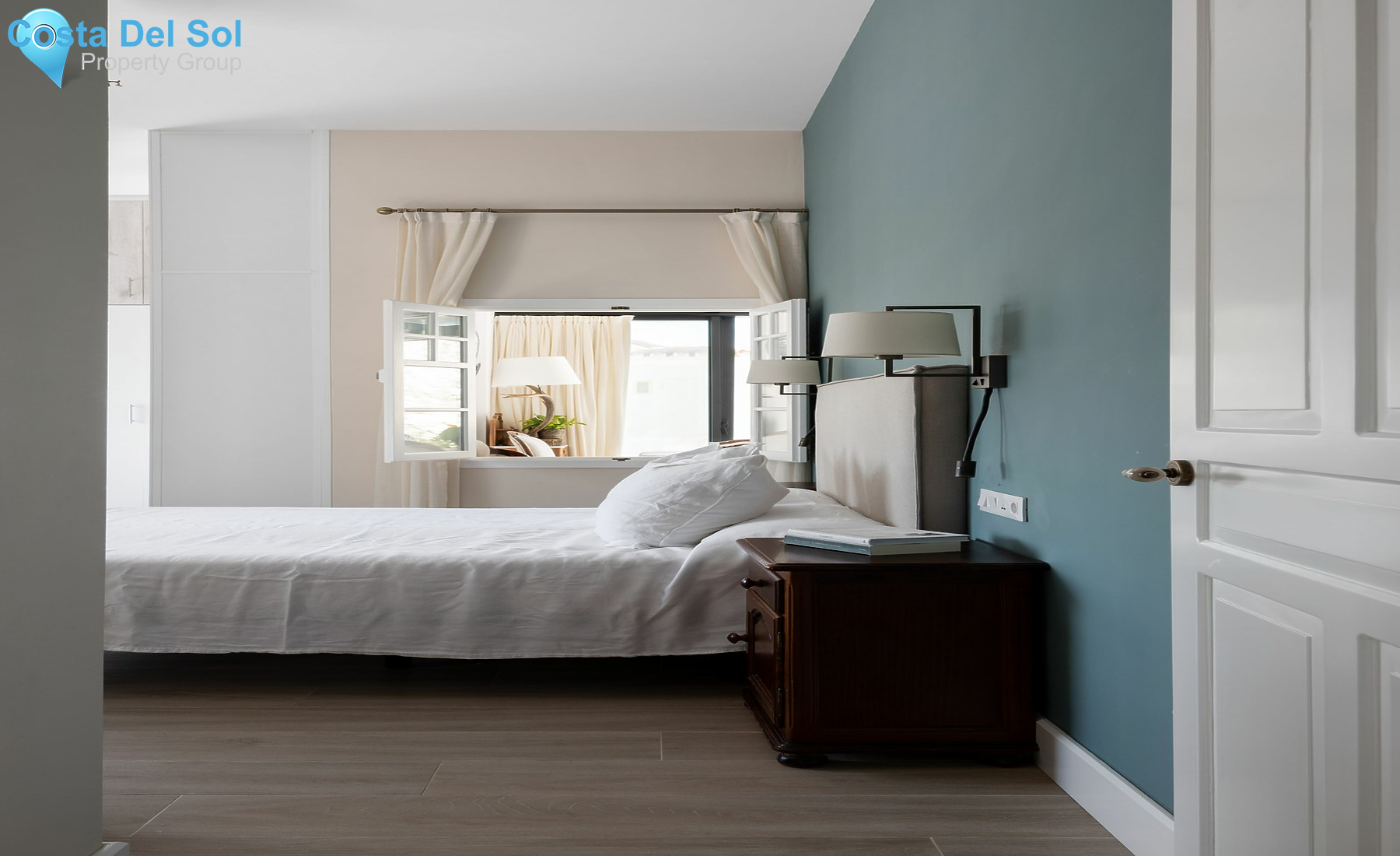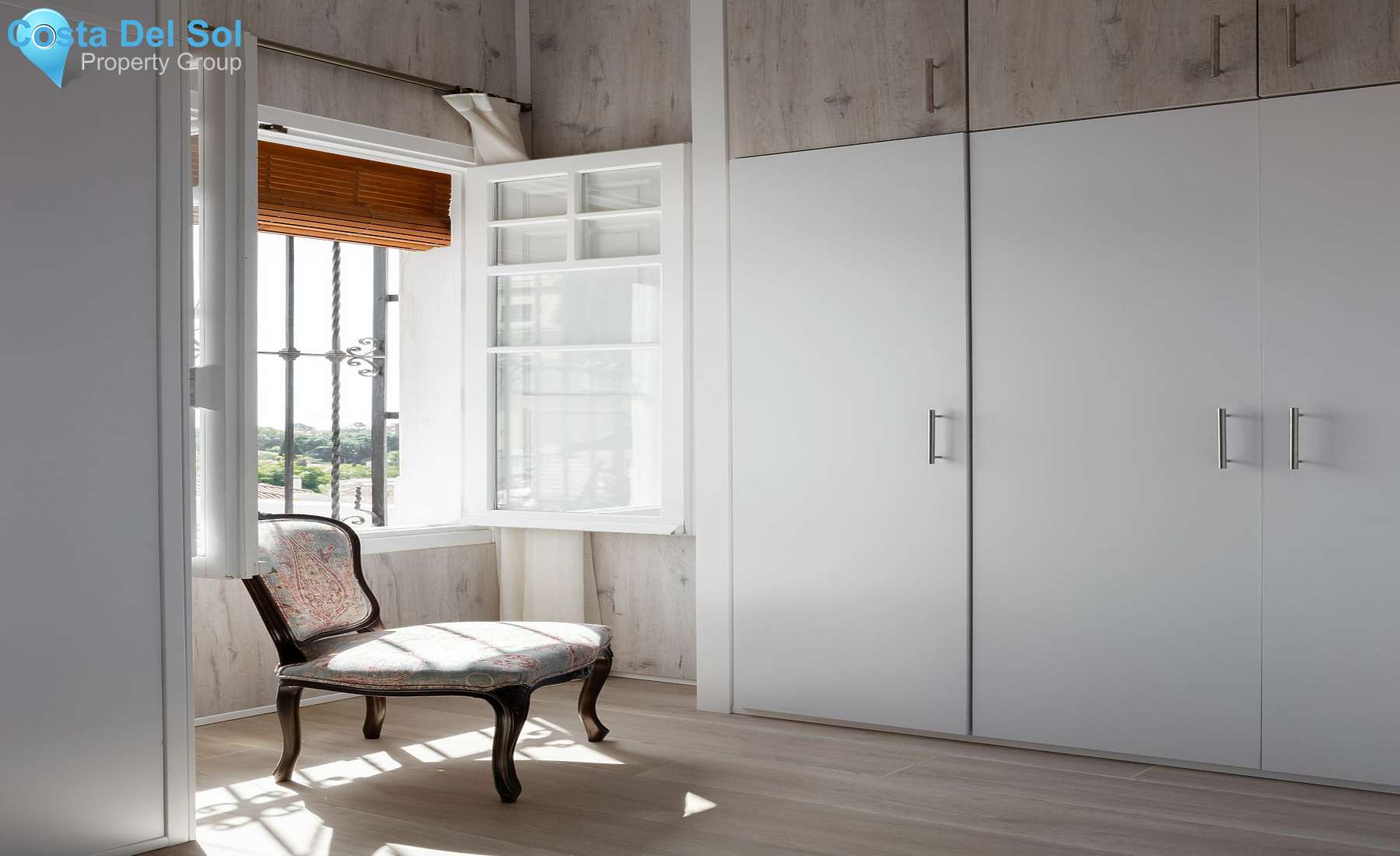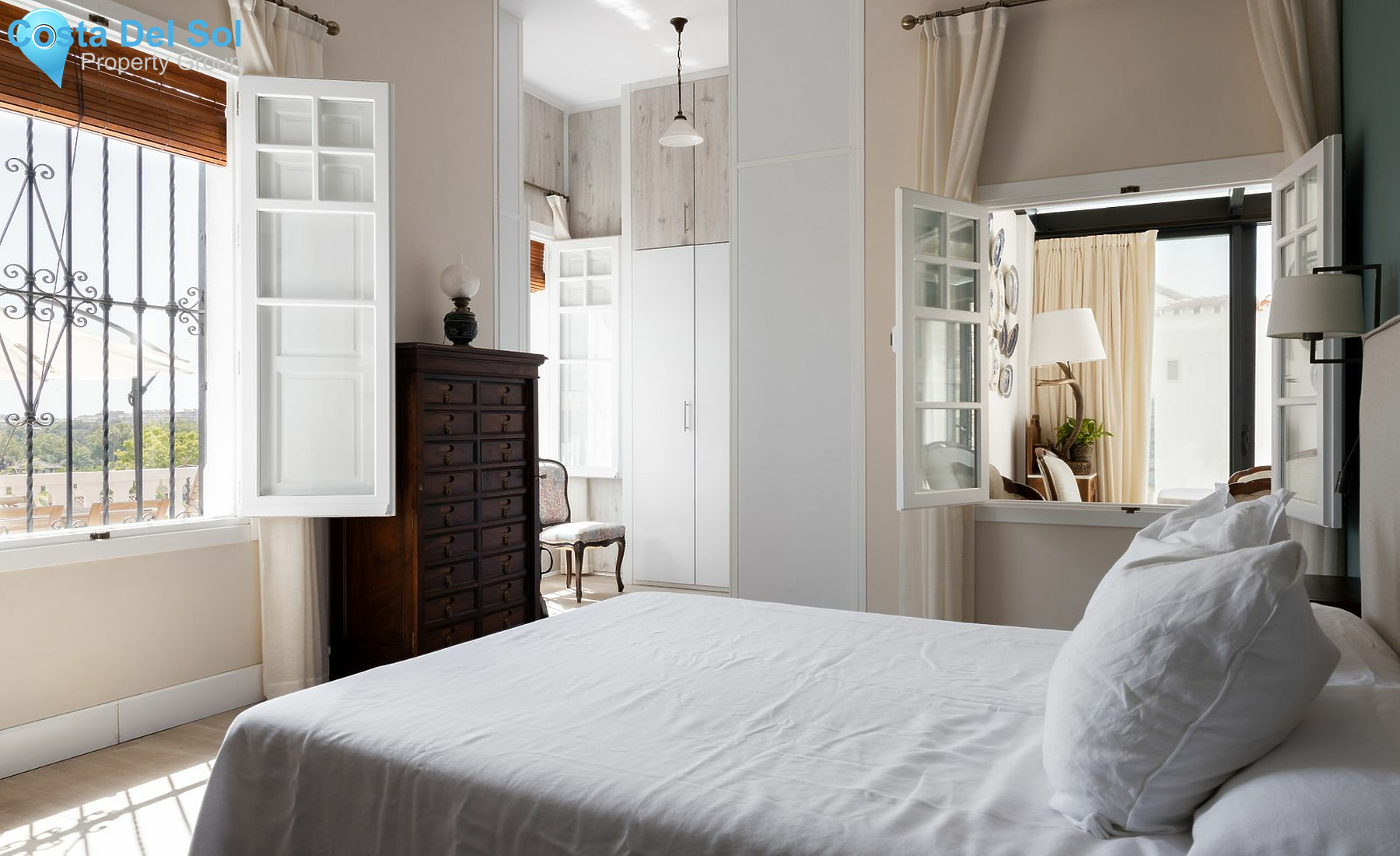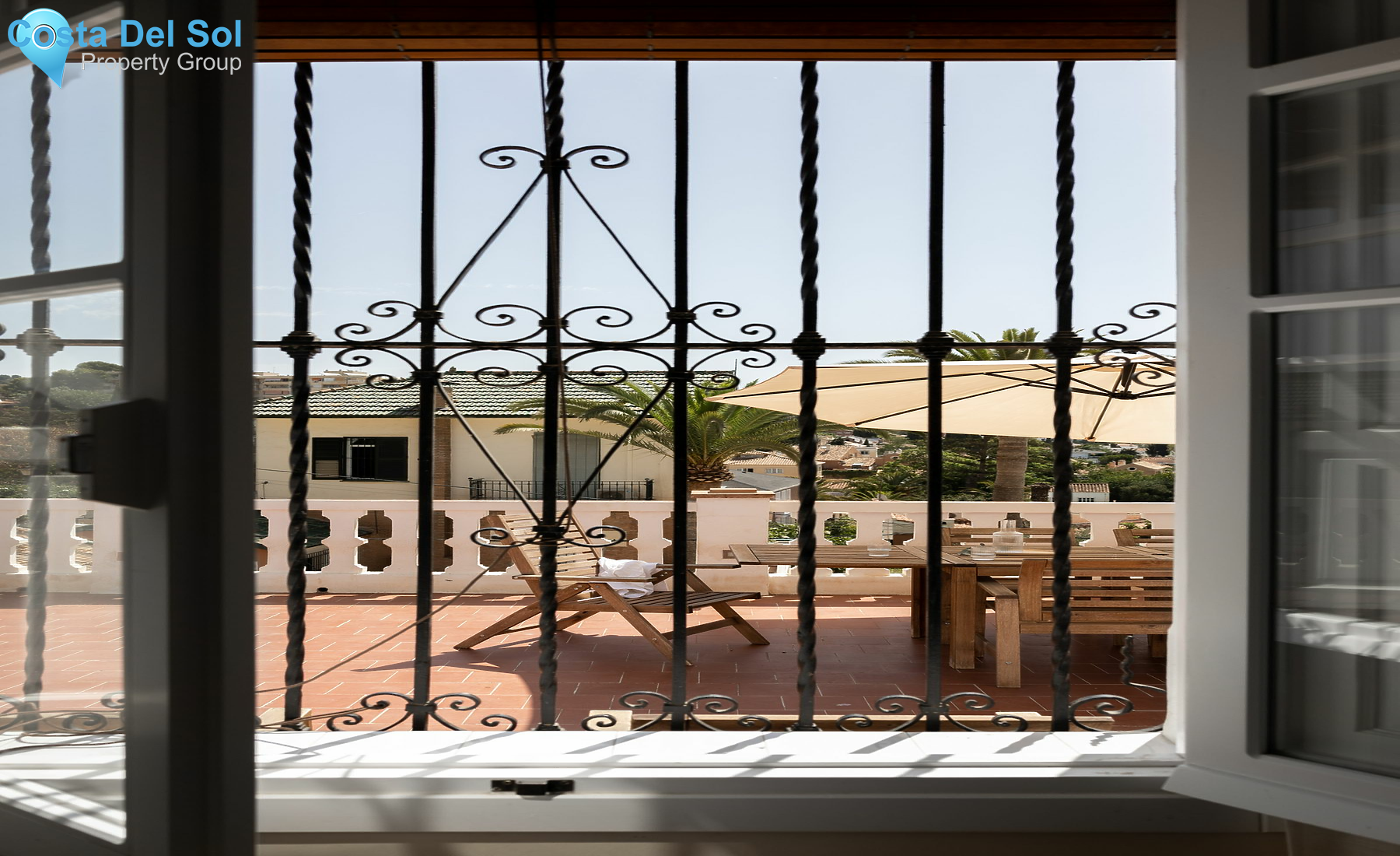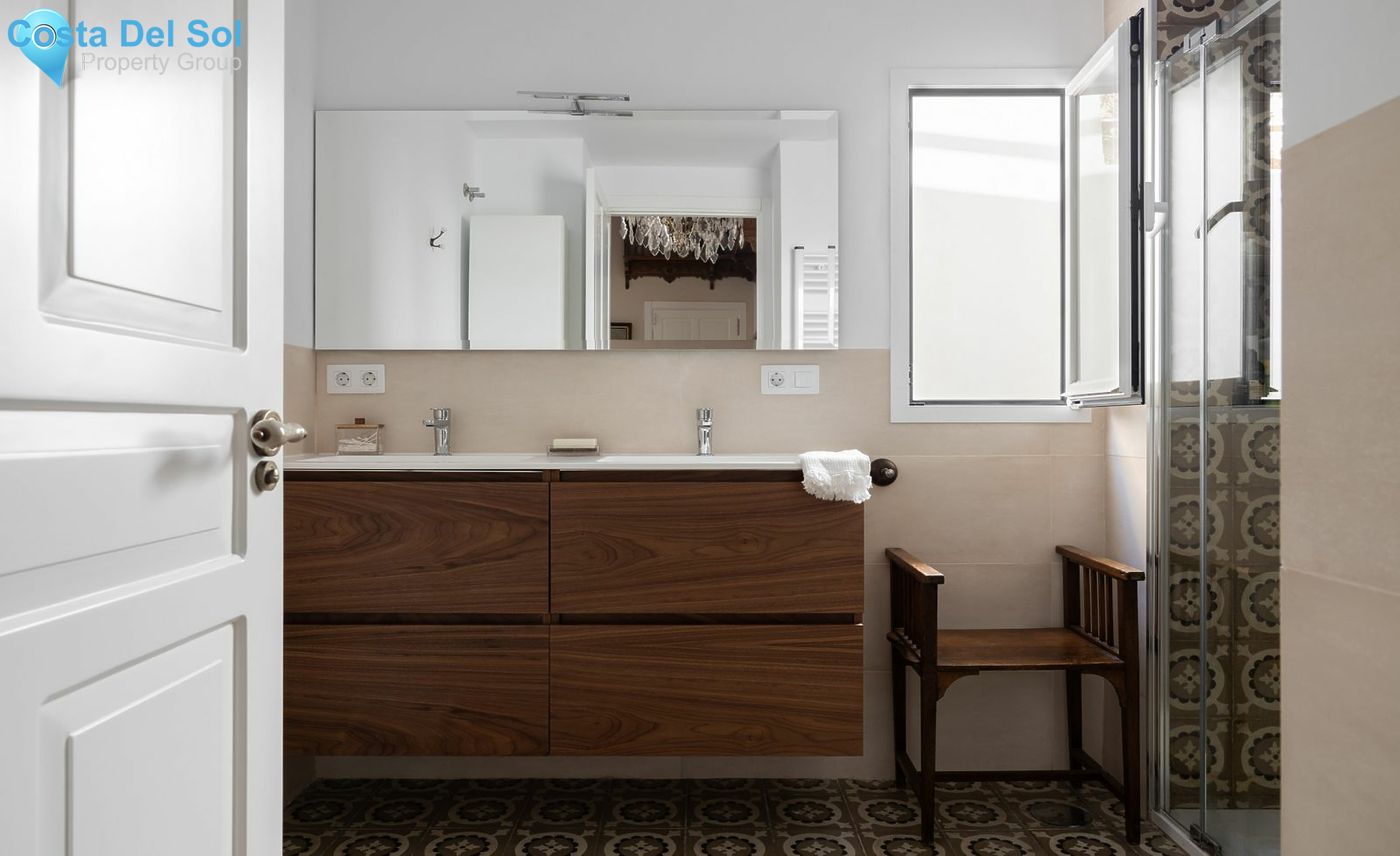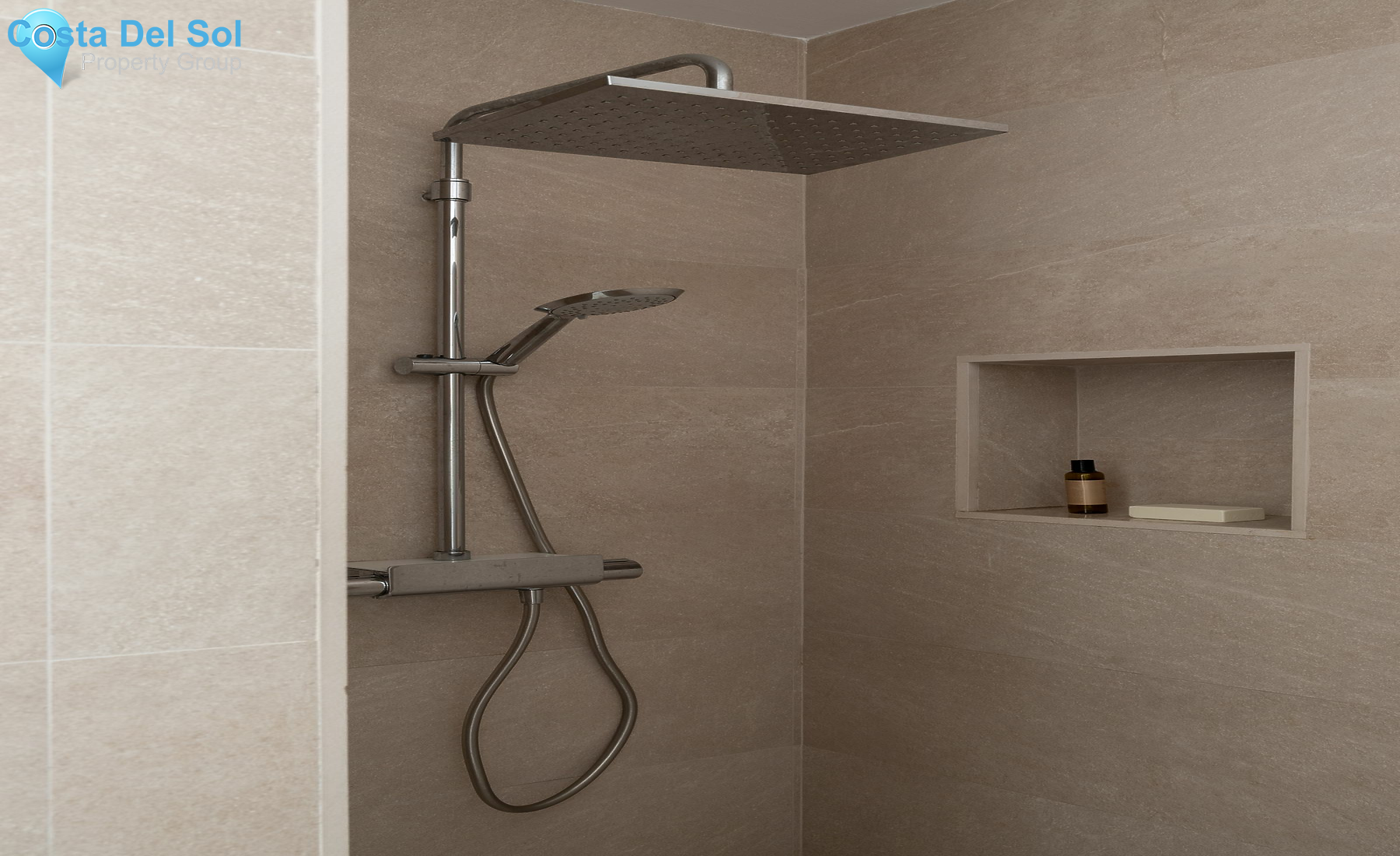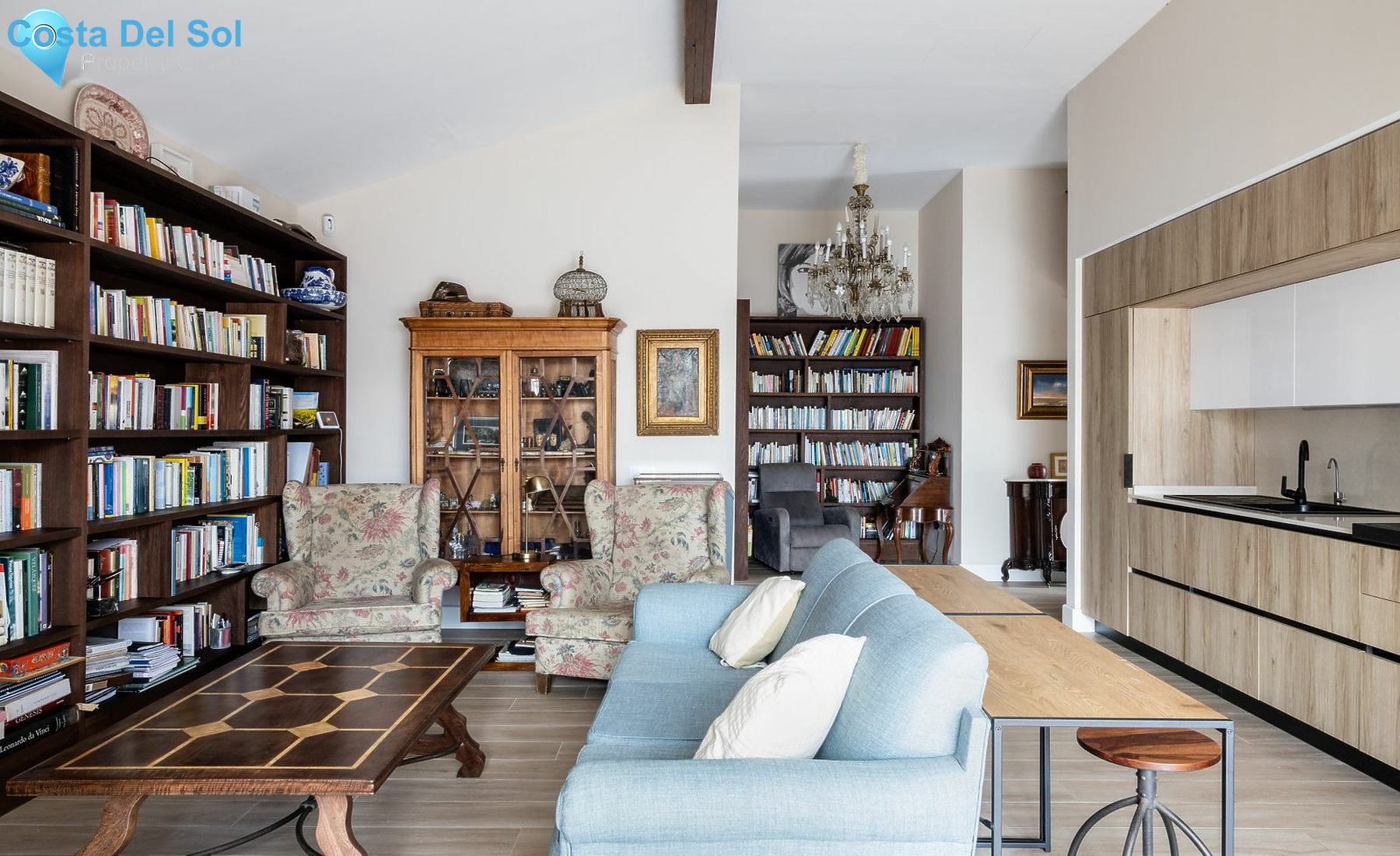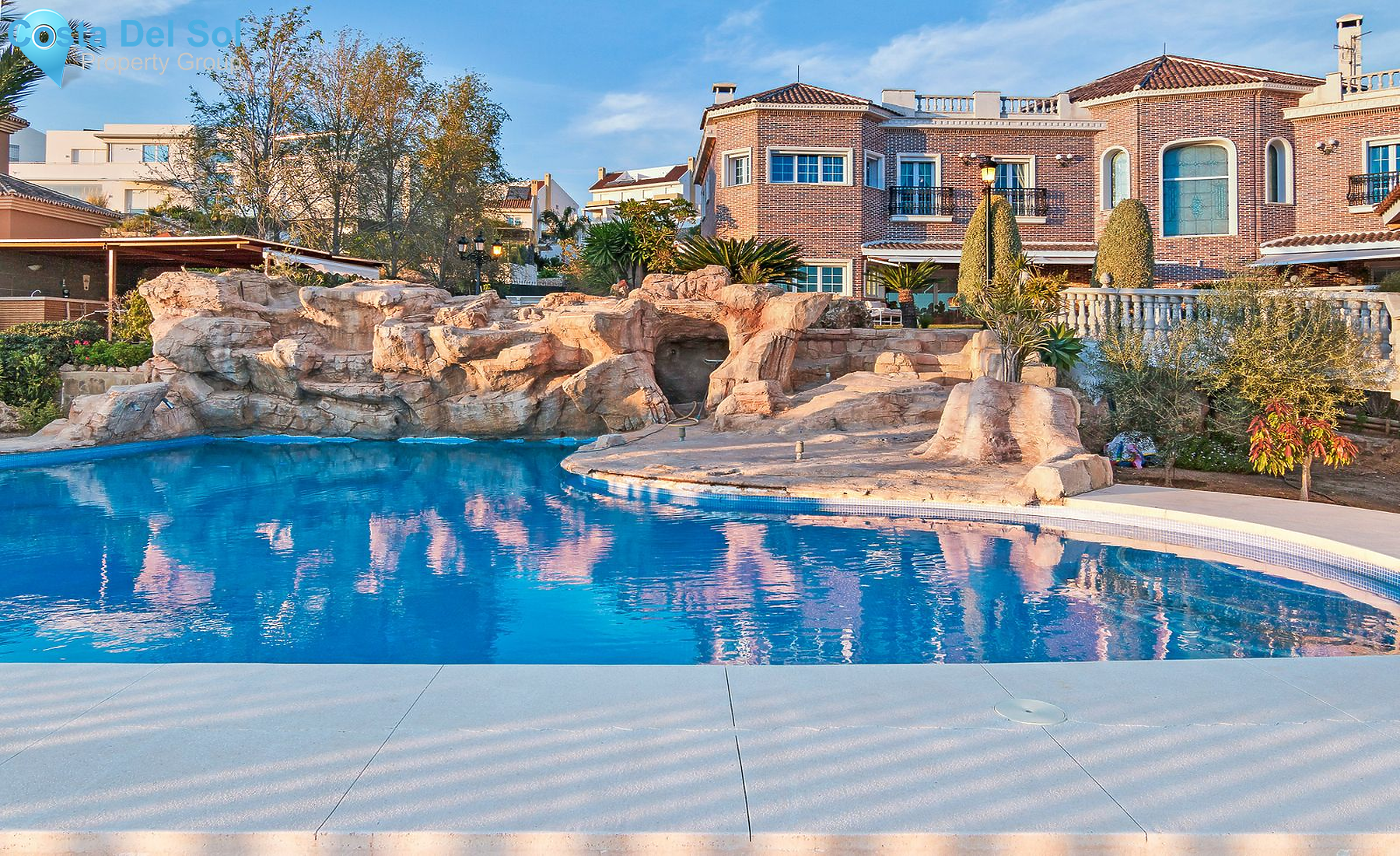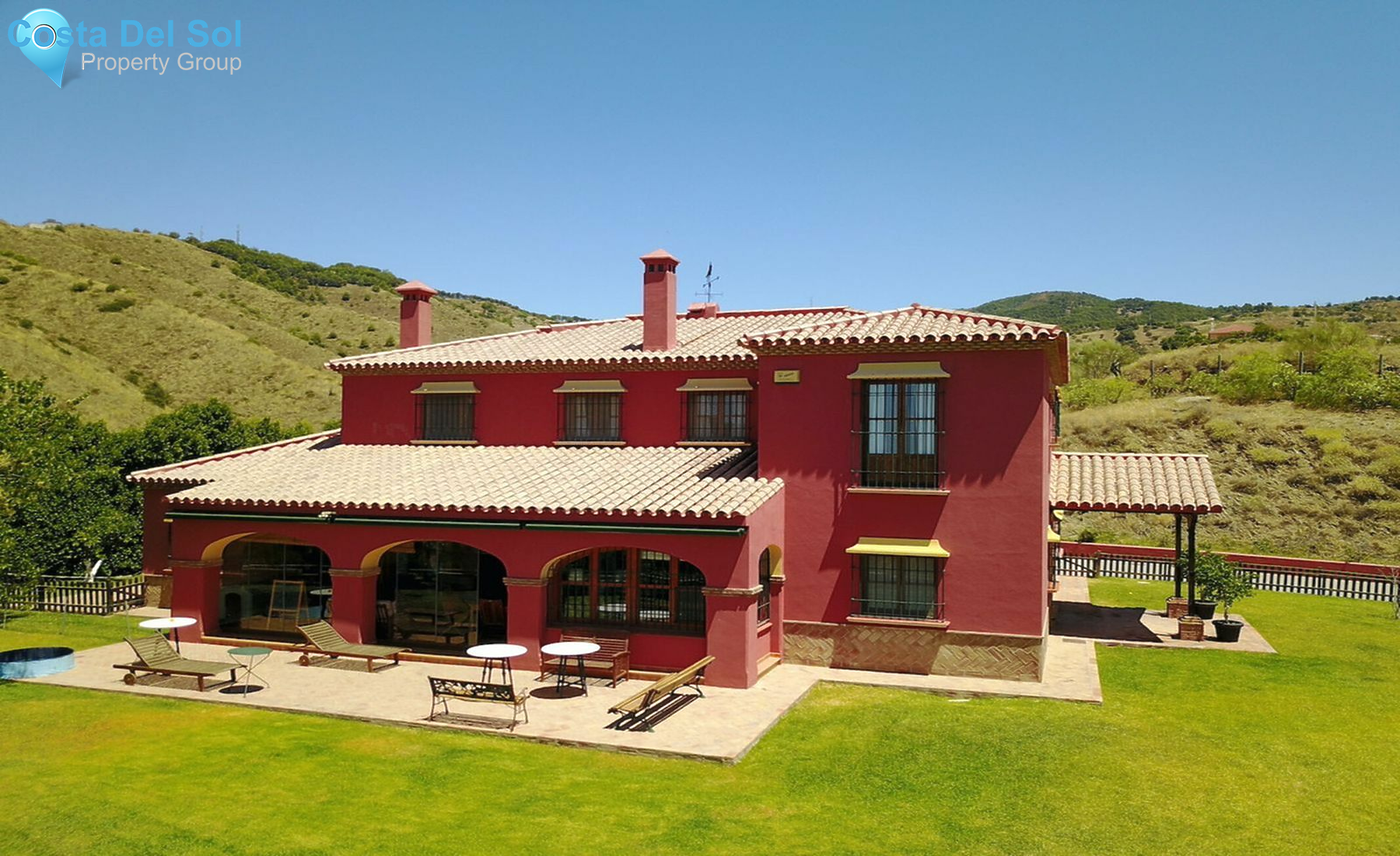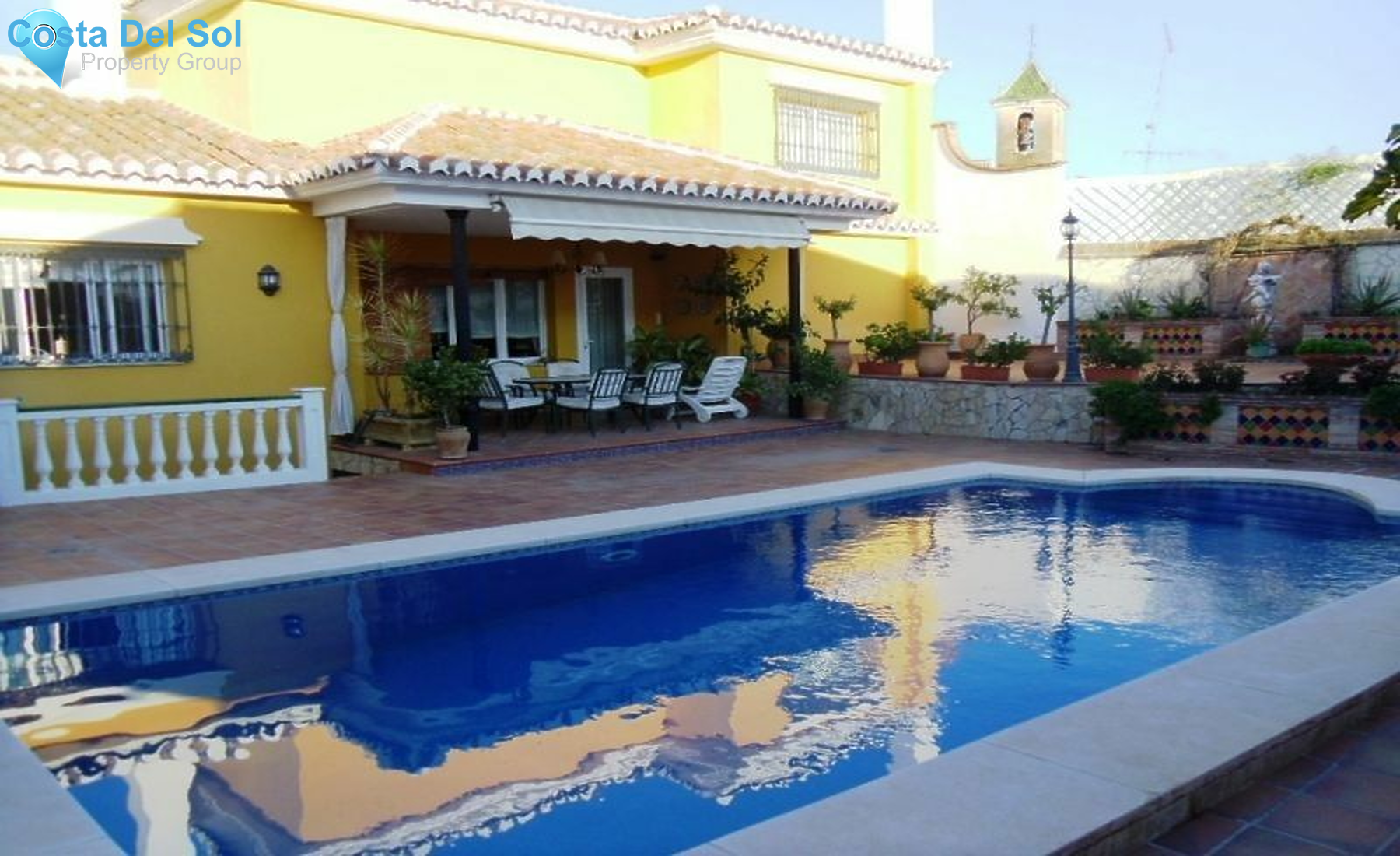Property details
- Property ID: CDS33082
- Price: € 1,900,000
- Plot Size: 612 m2
- Built Size: 301 m2
- Terrace Size: 0 m2
- Bedrooms: 6
- Bathrooms: 4
- Property Type: Detached Villa
Notice: Trying to access array offset on value of type bool in /var/www/clients/client5/web6/web/property.php on line 328
Notice: Trying to access array offset on value of type bool in /var/www/clients/client5/web6/web/property.php on line 328
- Kitchen: Fully Fitted
- Views: Sea,Mountain,Panoramic,Garden,Urban,Street
- Garden: Private
Setting
- Frontline Golf,Beachside,Close To Port,Close To Shops,Close To Sea,Close To Town,Close To Schools
Description
This is one of those unique villas, which transmit a special feeling difficult to describe.
It is simply a place where, once inside, you would love to sit in any corner of the house and let your mind fly.
The villa dates back to 1936 and was restored in 2019.
It is a protected property because of its special architectural features.
After the renovation, the main house and the former garage were divided into four beautiful 1 and 2-bedroom apartments.
Renovation and interior design have been done with care and love.
The mixture of original and modern style is one of the countless things that give it such a special character.
It is also a fantastic opportunity for an investor looking for profitability in the rental of a shared co-living space, ideal for nomads, foreigners or people who prefer to share a home with communal outdoor spaces.
Let's not forget that from here you can also enjoy the beach, which is just a three minute walk away, and the incredible lifestyle of Pedregalejo.
The flats are layout as follows:
A- One bedroom apartment with dressing room, with a beautiful entrance hall, open plan living room with integrated Italian design kitchen, a spacious bathroom, laundry area, reading area with library, a bedroom and exit to a wonderful porch.
Approximate constructed area 99.06 m2
B- Two bedrooms apartment, with open plan living room, Italian design kitchen and one bathroom.
Approximate constructed area 75,87 m2
C- One bedroom apartment with an open plan living room with kitchen and a bathroom.
Approximate constructed area 32,56 m2
D- A house with 2 bedrooms, living room, a kitchen, one bathroom and a private terrace.
Approximate constructed area 56,93 m2
The qualities of the construction are very high, as we have wooden and stoneware floors, pvc carpentry with double glazing, wrought iron bars on the windows.
The ceilings are 3,70 m high.
The hot water is generated by aerothermal energy.
The views from the villa speak for themselves.
We have sea views and views to one of the most beautiful areas of Pedregalejo, surrounded by historic villas, all with lots of charm.
The outdoor areas offer many possibilities.
We have six terraces, plus a beautiful garden.
Many special corners that will delight any visitor.
The district of Pedregalejo is endowed with great charisma and a great seafaring tradition.
It was consolidated as a summer resort for the families of Malaga's wealthy society at the beginning of the 20th century.
It was and continues to be a tourist destination for both locals and foreigners.
It has all kinds of services, schools, public transport, market and supermarkets, shops, library, activities for children, restaurants.
The beach is the attraction of the area, but not only during the bathing season, but all year round, as well as the long promenade that connects with Malaga city center.
Features
- Near Transport
Property video
Location
- Area: Málaga
- Town: Málaga
Current Weather in Málaga
About:
Málaga ( ; Spanish: [ˈmalaɣa] ) is a municipality and resort city of Spain, capital of the Province of Málaga, in the autonomous community of Andalusia.
With a population of 592,346 in 2024, it is the 2nd-largest city in Andalusia and the 6th-largest in the country.
It lies in Southern Iberia on the Costa del Sol ('Coast of the Sun') of the Mediterranean, primarily on the left bank of the Guadalhorce.
The urban core originally developed in the space between the Gibralfaro Hill and the Guadalmedina.
Málaga's history spans about 2,800 years, making it one of the oldest continuously inhabited cities in Western Europe.
According to most scholars, it was founded about 770 BC by the Phoenicians from Tyre as Malaka.
From the 6th century BC the city was under the hegemony of Ancient Carthage, and from 218 BC, it was under Roman rule, economically prospering owing to garum production.
In the 8th century, after a period of Visigothic and Byzantine rule, it was placed under Islamic rule.
In 1487, the Crown of Castile gained control in the midst of the Granada War.
In the 19th century, the city underwent a period of industrialisation followed by a decay in all socioeconomic parametres in the last third of the century.
The most important business sectors in Málaga are tourism, construction and technology services, but other sectors such as transportation and logistics are beginning to expand.
Málaga has consolidated as a tech hub, with companies mainly concentrated in the Málaga TechPark (Technology Park of Andalusia).
It hosts the headquarters of the region's largest bank, Unicaja, and it is the fourth-ranking city in Spain in terms of economic activity behind Madrid, Barcelona and Valencia.
Regarding transportation, Málaga is served by the Málaga–Costa del Sol Airport and the Port of Málaga, and the city was connected to the high-speed railway network in 2007.
Taxes & Fees
Notice: Trying to access array offset on value of type bool in /var/www/clients/client5/web6/web/Global-Includes/footer.php on line 1
File does not exist. "https://costadelsolpropertygroup.com/propertyVideos/noVideo.mp4"
